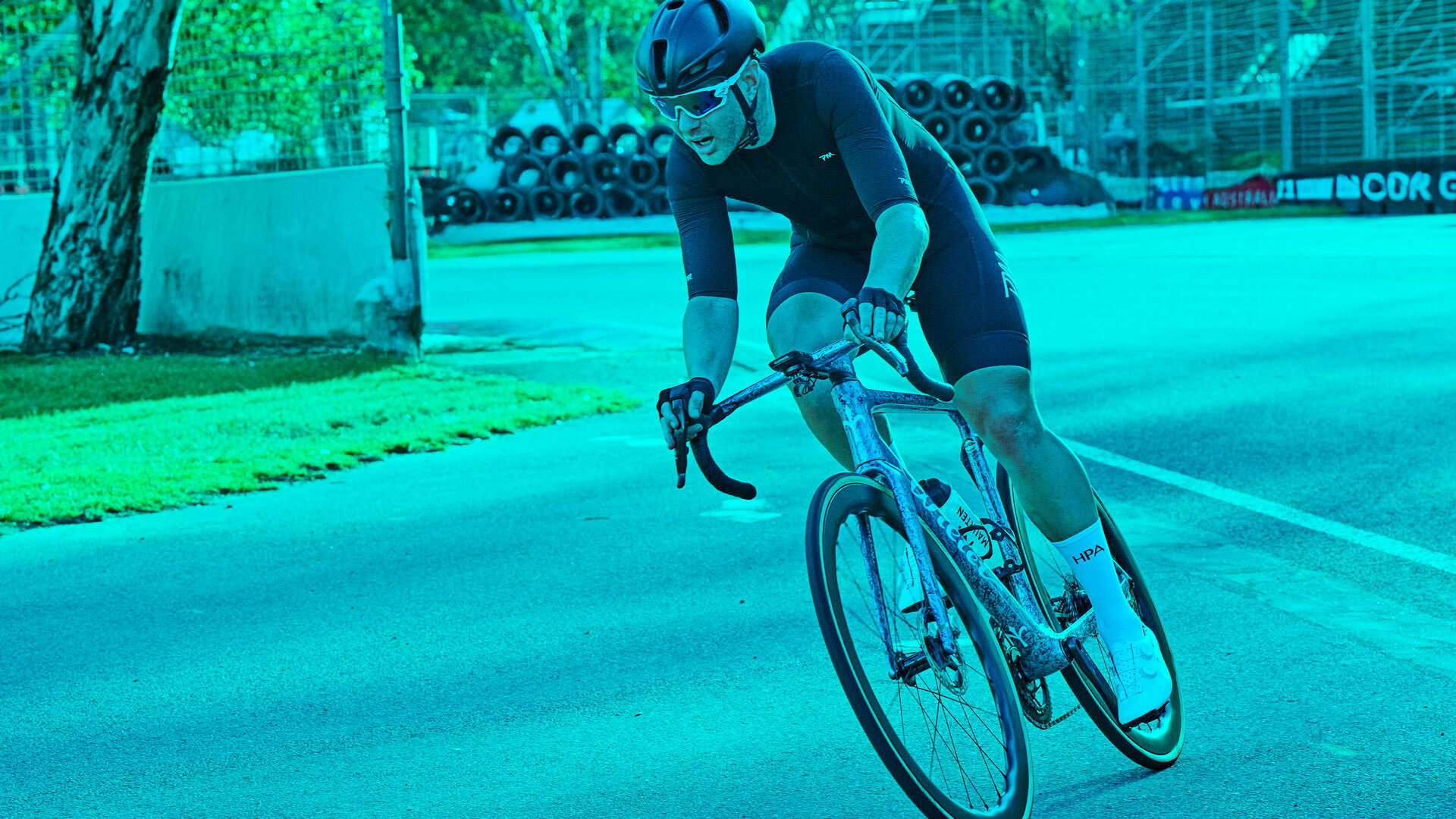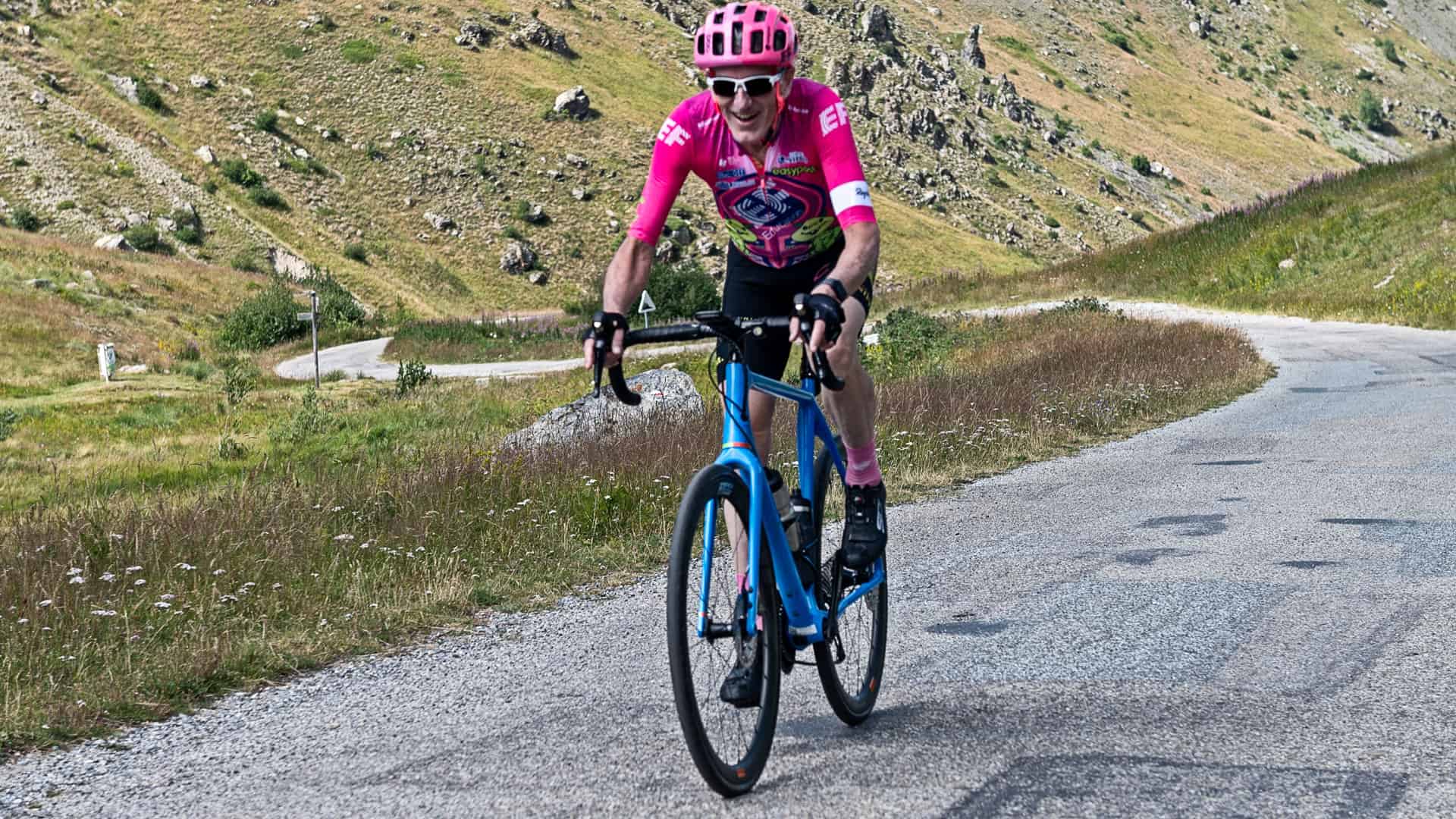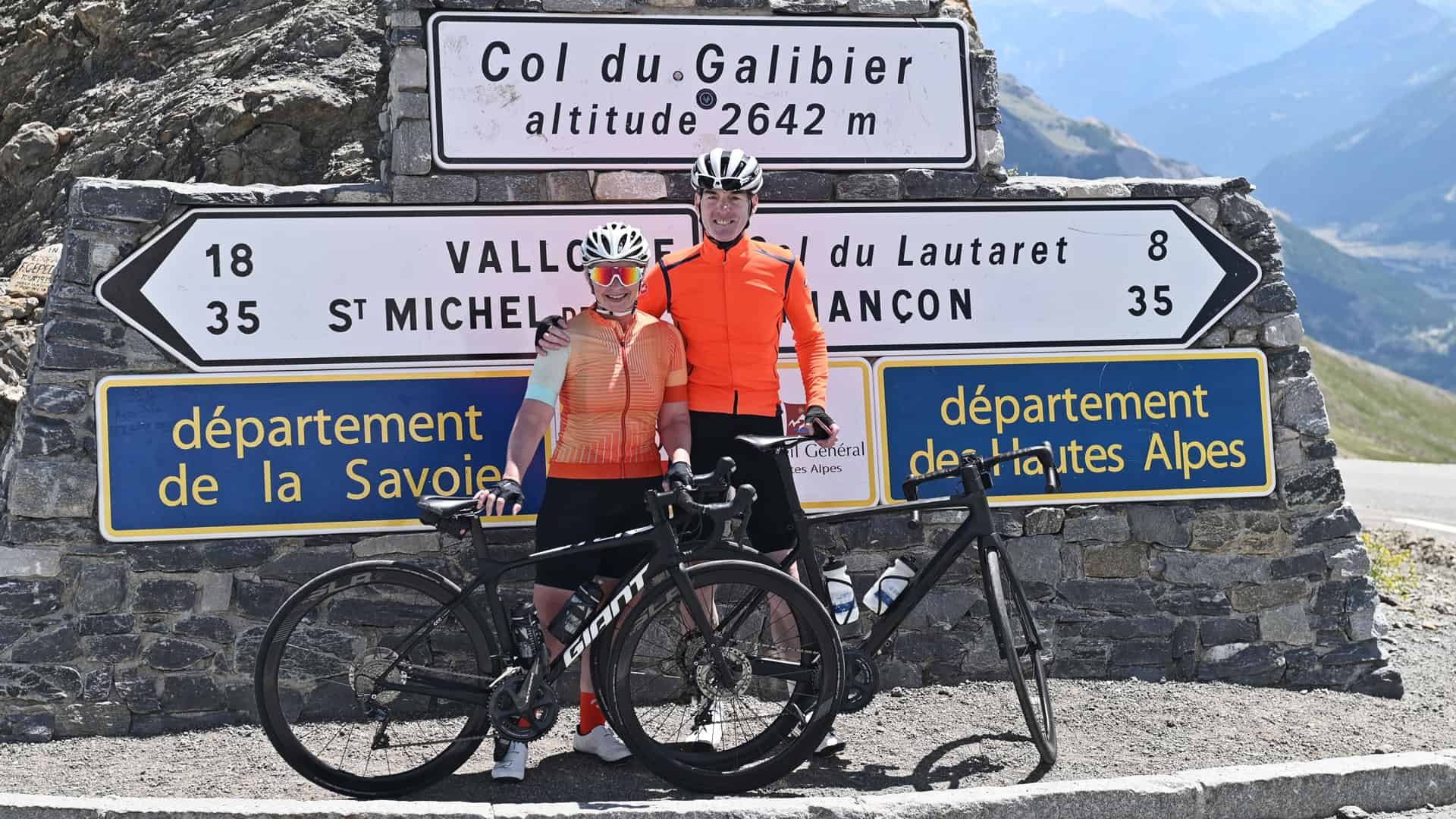This article discusses five simple tips that will help you avoid bicycle punctures. Riding along the roads on a weekend, I see a number of riders repairing their bicycle punctures. While you cant avoid punctures, here are five tips that will help you greatly reduce your chances.
Want to avoid bicycle punctures? Here are my five top tips to help you avoid bicycle punctures and ensure you get a trouble free ride while out cycling on your bike.
Tip #1 Try to avoid riding over glass on the road to avoid bicycle punctures:
Ok, we get a bit of feedback about this one like “Don’t ride over glass? No shit Sherlock!” but if we didn’t include it we’d get a heap of “Don’t ride over glass, stupid” comments so it’s here whether you like it or not… This is probably the number one tip and a fairly obvious one but it amazes me how many cyclists ride over glass. When you see glass on the road try to go around it, not through it. When riding in bunches it’s up to the front rider to point out, call and ride around glass. When you are riding in a bunch avoid swerving around when avoiding glass or you’ll cause an accident. If you do ride through glass try to rub your hand over the tyre while still riding to remove any glass that might have got stuck in your tyre. WARNING: When you do this make sure that you place your hand in such a way that it will not get caught up in your bike if it catches! The last thing you want is to lose your finger! Also, use your cycling gloves rather than your bare hands.
Tip #2 Replace your tyres when worn or badly cut:
Ok, I know, another fairly obvious one too but again, we see it all the time and probably the second major reason why people are getting punctures. We needed to include this one too because if we didn’t people would also let us know in droves. Worn-out tyres due for replacement months ago giving people a series of multiple punctures. If your tyres are worn out you greatly increase your chance of a puncture. That also goes for tyres that have bad cuts in them. Any cut that has gone right through the tyre to the inside is a cause for concern. It will certainly give you grief at the worst possible time. Sometimes you’ll have a tyre on for a week and then get a really bad cut in it. Don’t waste your time with it, just replace it. This is probably one of the best ways to help avoid bicycle punctures.
Tip #3 Check for glass in your tyres:
This is another important tip for avoiding bicycle punctures and is especially important to do before starting an important bike race. Before you go out for your ride in the morning and especially before races and major events check your tyre for glass embedded in it. Remove all glass that you see. To make it easier you sometimes have to deflate your tyre to pop the glass out or use a small jewellers screwdriver. These fragments of glass embedded in your tyres are ticking time bombs waiting to work their way through to your inner tube and ultimately cause a puncture. Many punctures are caused by glass that was embedded in your tyre a few days before. If you get several punctures in a row over a few days it’s usually caused by embedded glass that you haven’t found yet. The other reason is due to a cut in your tyre that exposes your inner tube (see tip #2).
Tip #4 Replace your inner tubes yearly:
Inner tubes have a limited life. When you service your bike annually replace your inner tubes with fresh ones. Again, some people think this one is stupid. Does it really make a difference? I personally think it’s just good practise as part of the ongoing regular servicing of your bike. Also, I’ve had a few inner tubes that have failed around the valve while out on rides because they have worn out over time. I think it’s caused by the rubbing between the inner tube and the hole that it goes through in the rim.
Tip #5 Ensure you have your tyres correctly inflated:
If you underinflated your tyres you run the risk of pinching your inner tube when you go over a pothole causing a puncture. Alternatively, over inflation will cause a massive blowout failure. I usually run my 700 x 23c tyres at 100 psi and my 700 x 25 tyres at 80psi. See this article for some insight on correct inflation: What is the best tyre pressure for bicycle tyres?
Bonus tip #1: The Five dollar bill.
When you get a really bad cut in your tyre the replacement inner tube can sometimes become exposed through the tyre when you pump it up after the repair. If this happens there is a very good chance that you’ll puncture with the replacement inner tube before you get home. With really bad cuts in your tyres place a five dollar bill between the tyre and the inner tube. This will stop the inner tube from protruding through and causing you another puncture. Remember, this is a temporary measure only. Replace your tyre with a new one before your next ride. Now any dollar bill will work, or you can sometimes use your gel or sports bar wrapper.
Bonus tip #2
This one was provided by Kevin Eley of NSW, Australia: Clean your front and back tyres with a wet rag after cycling. At the same time inspect for any cuts and any glass/sharp items that could be embedded on the outside of your tyres. He finds these items quite often within small cuts on the outside rim of the tyre.
Final Note: Riding in the rain.
Riding in the rain increases your chance of getting a puncture. If you do ride in the rain make extra special care to ensure you are carrying a spare inner tube and a good bicycle pump.
My preferred choice of tyre to avoid bicycle punctures
I don’t get paid to advertise tyres here. This is my personal choice. For many years I used the Vittoria Ribino Pro tyre but I changed to the Continental Gatorskin around 2002 but I have recently moved back to the Vittoria Ribino Pro tyre as I’ve found Gatorskin to be very slippery in the wet and I’m now riding on country roads with little glass.
So there you have it my top tips to help you avoid bicycle punctures.
Other articles of interest:
Slow Down To Speed Up Your Hill Climbing – Cycle Up Hills Fast
Difference Between Training with Heart Rate and Power
How To Work Out Your Cycling Heart Rate Zones
What Does Your Resting Heart Rate Mean?






Leave A Comment